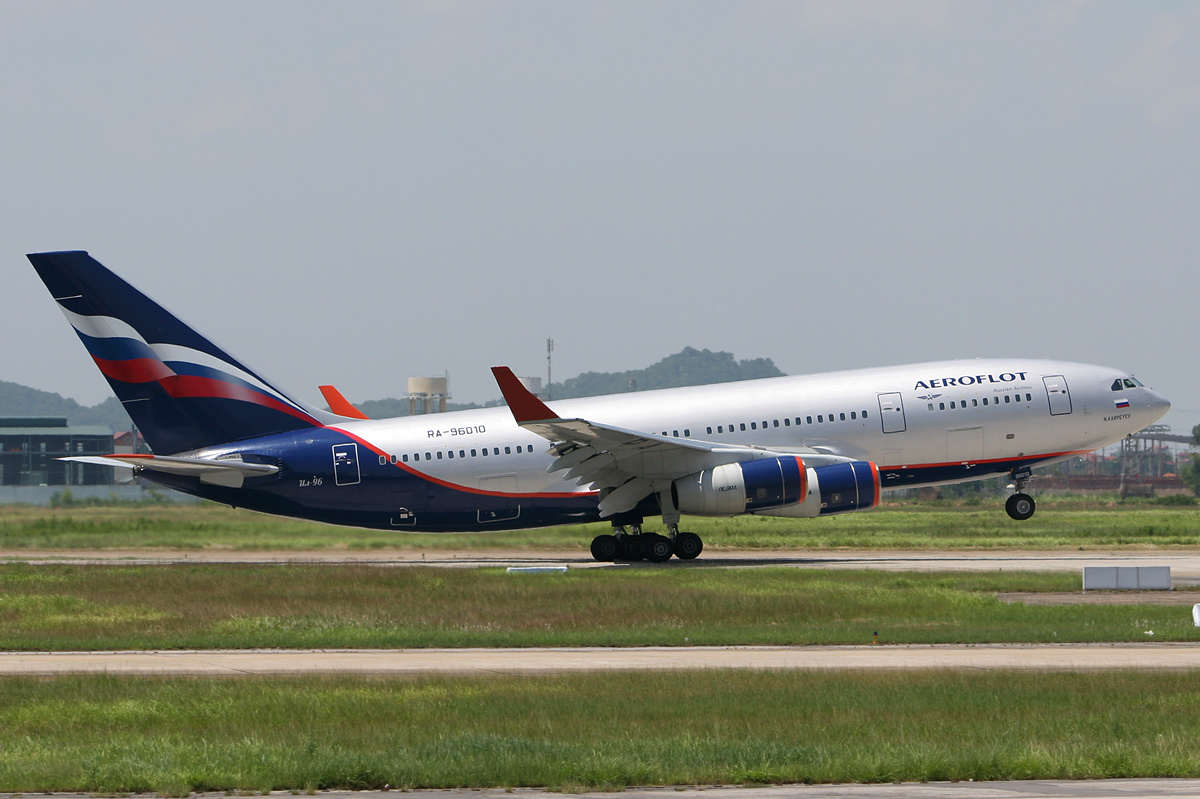Rotation (aeronautics) on:
[Wikipedia]
[Google]
[Amazon]
 In aviation, rotation refers to the action of applying back pressure to a control device, such as a
In aviation, rotation refers to the action of applying back pressure to a control device, such as a
 In aviation, rotation refers to the action of applying back pressure to a control device, such as a
In aviation, rotation refers to the action of applying back pressure to a control device, such as a yoke
A yoke is a wooden beam sometimes used between a pair of oxen or other animals to enable them to pull together on a load when working in pairs, as oxen usually do; some yokes are fitted to individual animals. There are several types of yoke, u ...
, side-stick
__NOTOC__
A side-stick or sidestick controller is an aircraft control stick that is located on the side console of the pilot, usually on the righthand side, or outboard on a two-seat flightdeck. Typically this is found in aircraft that are equipp ...
or centre stick
A centre stick (or center stick in the United States), or simply control stick is an aircraft cockpit arrangement where the control column (or joystick) is located in the center of the cockpit between the pilots or between the pilot's legs. Sin ...
, to lift the nose wheel off the ground during takeoff
Takeoff is the phase of flight in which an aerospace vehicle leaves the ground and becomes airborne. For aircraft traveling vertically, this is known as liftoff.
For aircraft that take off horizontally, this usually involves starting with a ...
. The aircraft rotates around its lateral axis
Aircraft flight control surfaces are aerodynamic devices allowing a pilot to adjust and control the aircraft's flight attitude.
Development of an effective set of flight control surfaces was a critical advance in the development of aircraft. Ea ...
. Rotation is begun at the speed known as VR. Rotation at the correct speed and to the correct angle is important for safety reasons and to decrease takeoff distance. After rotation, the aircraft continues to accelerate until it reaches its liftoff speed VLO, at which point it leaves the runway
According to the International Civil Aviation Organization (ICAO), a runway is a "defined rectangular area on a land aerodrome prepared for the landing and takeoff of aircraft". Runways may be a man-made surface (often asphalt concrete, as ...
. Over-rotation can cause a tailstrike
In aviation, a tailstrike or tail strike occurs when the tail or empennage of an aircraft strikes the ground or other stationary object. This can happen with a fixed-wing aircraft with tricycle undercarriage, in both takeoff where the pilot ro ...
, which can damage the underside of the tail unless prevented by a protection device such as a tailskid or tail bumper. A certification test is required to show that a new aircraft design will still take off safely with the tail dragging on the runway. Using a higher VR will increase tail clearance and reduce the probability of tailstrike.
Description
Rotation applies totricycle gear
Tricycle gear is a type of aircraft undercarriage, or ''landing gear'', arranged in a tricycle fashion. The tricycle arrangement has a single nose wheel in the front, and two or more main wheels slightly aft of the center of gravity. Tricycle g ...
aircraft rather than those with conventional gear (tailwheel aircraft). The on-ground angle of attack
In fluid dynamics, angle of attack (AOA, α, or \alpha) is the angle between a reference line on a body (often the chord line of an airfoil) and the vector representing the relative motion between the body and the fluid through which it is ...
of the wing has to be established during the design phase. The main and nose-gear leg lengths are chosen to give a negative angle of attack relative to the ground. This ensures the wing will have negative lift until the pilot rotates the aircraft to a positive angle of attack. During landing, the reverse happens when the nose-wheel touches the runway and the wing assumes a negative angle of attack with no lift.
For aircraft with a tailwheel, the pilot initially pushes forward on the yoke during the takeoff run, lifting the tailwheel off the runway, and the aircraft lifts off the runway once sufficient speed is achieved.
References
Flight phases {{Aviation-stub